Semlor are tasty pastries to be eaten on and around Fat Tuesday. But what do you really know about them? We offer 15 interesting facts about semlor as well as semlor trends and semlor tests. Because yes, we have tested some of Stockholm's hottest buns!
Innehållsförteckning
Facts about semlor
Wouldn't you like to hear some exciting facts about semlor? This beloved pastry has a long history and there are always new hot trends on the pastry front. Read more here!
1. A favourite among children has many names: semla, fastlagsbulle, fettisdagsbulle ...
The popular pastry is usually called semla in Sweden, but can also be called fastlagsbulle or fettisdagsbulle. In Skåne and other parts of southern Sweden, as well as in the Swedish-speaking parts of Finland, it is often called fastlagsbulle.
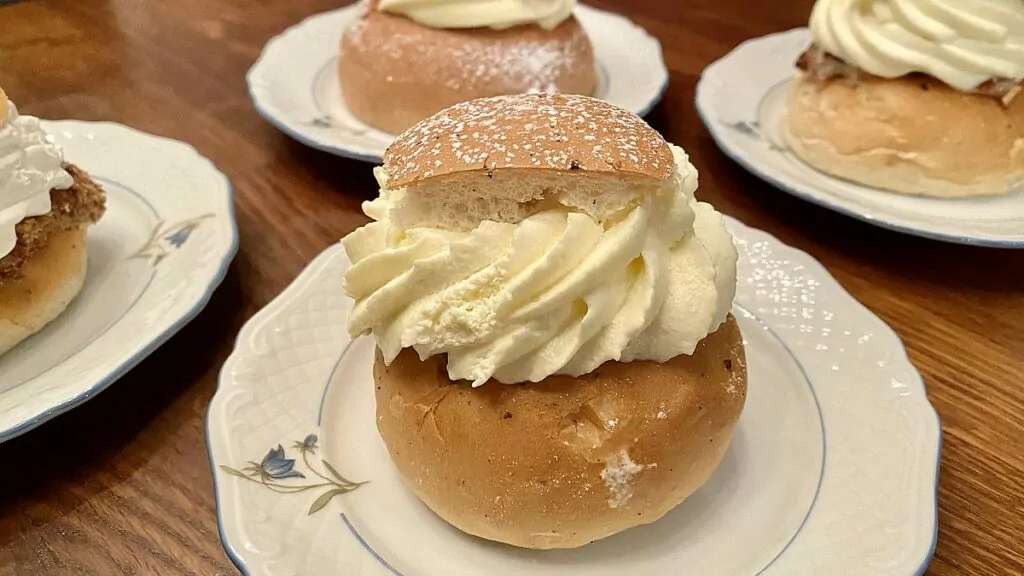
2. The word 'semla' comes from the Latin 'simila'.
The word semla comes from the German semel and the Latin simila which means fine wheat flour. Originally, semla simply meant a bread made from fine wheat flour. This meaning of the word explains why semla means something completely different in Finnish-Swedish than in Swedish.
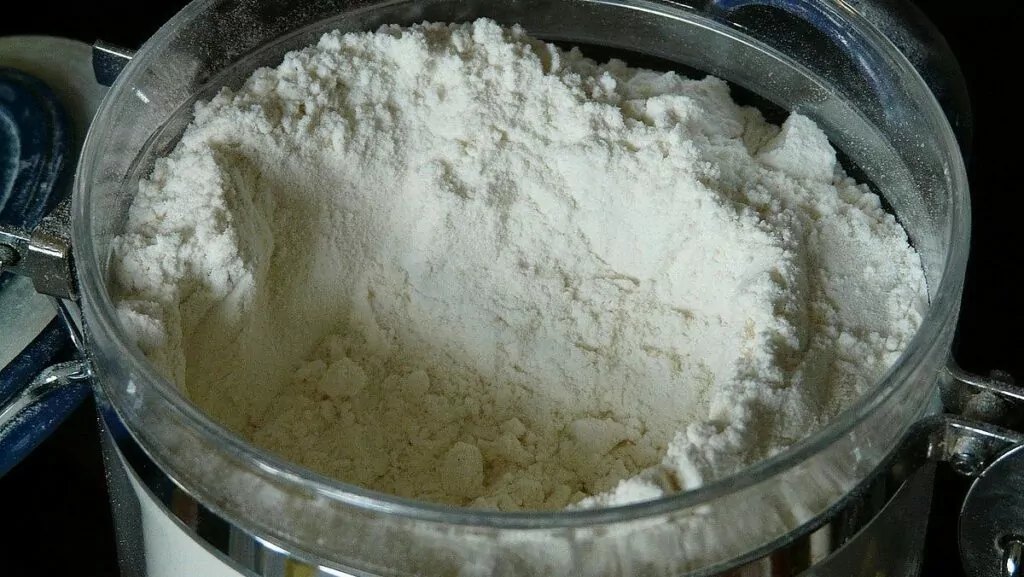
3. Semla means roll in Finnish-Swedish.
When I (Helena) was active in the Nordic Youth Association many years ago, I remember a funny misunderstanding. We had a visit from the Finnish Youth Association and asked what we could offer them when they arrived. They thought "a beer and a bun" would be good, which sounded a bit funny to us. In fact, they asked for a beer and a bun!
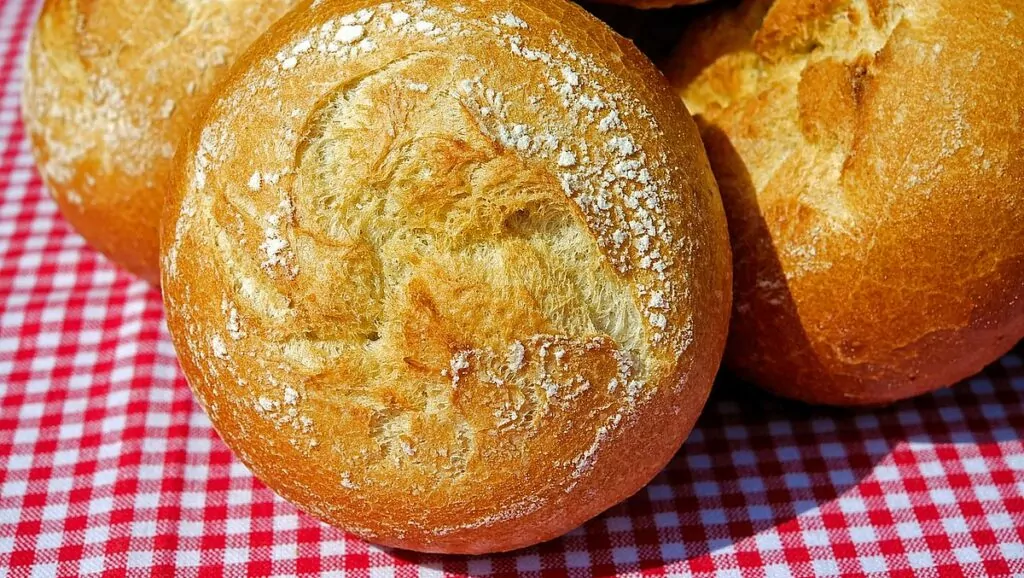
4. The pastry is eaten in the Nordic countries and Estonia
Semlor is eaten not only in Sweden, but throughout the Nordic region and even in Estonia. In Norway and Denmark, the pastry is called Shrovetide bun, in Iceland bowl, in the Faroe Islands first-time winner and in Estonia hookah. In Iceland, the pastry is eaten on 'Bolludagur' day, which this year was Monday 15 February.
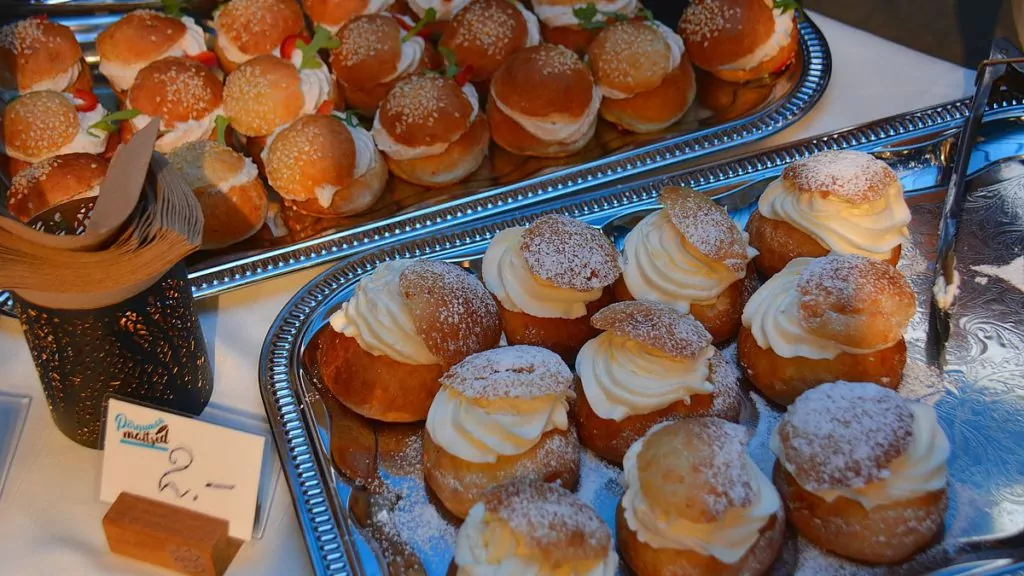
5. Nordic neighbours sometimes make the semlor "wrong"
In Sweden, semlor is traditionally served with almond paste, cream and perhaps some icing sugar on top. In Norway, Denmark and Finland, however, it is common to serve them with jam, such as raspberry jam. Icelanders also like to have chocolate on top. But that must be "wrong" ... right?

6. Fat Tuesday was the prelude to Easter Lent.
Pork Sunday, Blue Monday and Fat Tuesday were the three days of Lent. These three days marked the beginning of the longer Easter fast, which had a Catholic origin. During this time, food played a central role, and if possible, people indulged in things like meat and pork. In many ways, the bread roll is a reminder of these excesses. While the other two days are perhaps less well known today, Fatty Day is still important and associated with buns.

7. Hot wall was the first semolina
The history of the Semlans probably goes back to the so-called 'hot wall'. The name comes from 'heisse wecke', which roughly translates as 'hot wedges' and probably reflects the shape of the pastry at the time. Hetvägg used to be eaten by the more affluent people in the cities, and the pastry has been known since the 18th century. It was often flavoured with cumin and served in a bowl of warm milk.
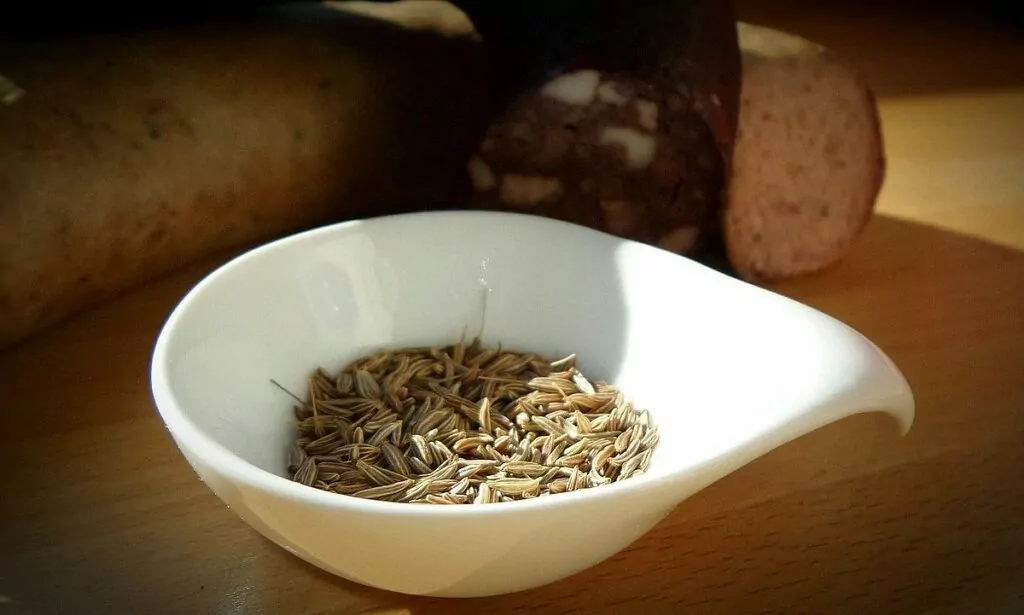
8. Hot wall is a bun with hot milk
Even today, buns eaten in a deep plate of hot milk can be called 'hot wall'. To make a hot wall, milk is heated but not boiled. The heated milk is served around the bun and may be flavoured with cinnamon, vanilla, cardamom or sugar.

9. The modern bun became common in the 20th century
The semla that is popular today only became common in the early 20th century. One reason why it was not common before, and why it was rarely eaten, was that white flour, sugar and cream were uncommon in peasant society.

10. In the past, you weren't allowed to eat mince pies at any time.
Today, everyone is free to eat semlor whenever they want, but that wasn't the case in the past. In the 1950s, other buns were the order of the day, as there was a law regulating when you were allowed to munch on the pastry. Bakers who were too eager risked being fined.

11. Today there are new versions: semmel cake, semmel wrap, chocolate semla ...
Every year at semmel time, exciting new variations on the traditional pastry emerge. You can find mini-semlis, semmel tarts, Viennese semlis or semmel wraps. Or perhaps semmel with a raspberry, lemon curd, saffron or chocolate flavour. The only limit is your imagination!
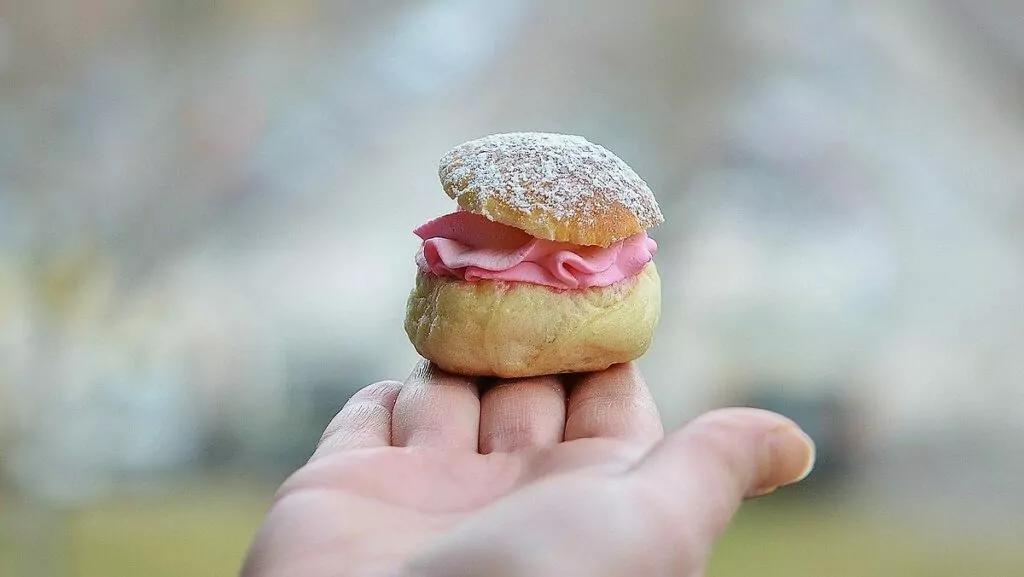
12. Swedes eat 40 million buns per year.
An interesting fact about semlor is that Swedes are estimated to eat around 40 million semlor per year. Some people think this is too low and that we actually eat even more. According to an article in Dagens Industri from 2017, semlor has a turnover of SEK 125 million - just in one day.
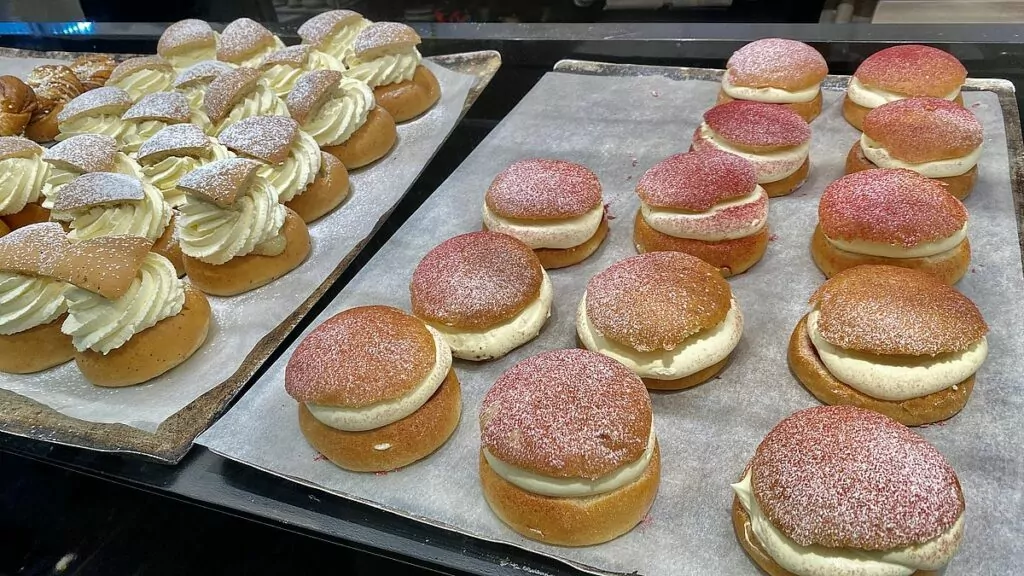
13. Ture Sventon likes temples.
Perhaps one of the world's most famous semmel eaters is private detective Ture Sventon in Åke Holmberg's books for young people. However, he calls them 'temples' because he has a lisp and can't say the letter 's'.

14. King Adolf Fredrik died after a dinner of semlores.
It is sometimes said that the Swedish King Adolf Fredrik died from eating too many hot walls on Fat Tuesday, 12 February 1771. Whilst it may not be possible to blame it entirely on the pastry, it is true that he died of a stroke after a massive meal of oysters, lobster, sauerkraut and hotpot. After this, many people were outraged by the pastry and Johan Gabriel Oxenstierna argued that Fatty Day should be banned and that hotpot should be 'exiled from Sweden since it has committed regicide'.

15. The world's biggest bun weighed 300kg
80 kg of dough, 35 kg of almond paste and 115 litres of cream. These were apparently the ingredients for the record-breaking loaf baked by Bake My Day in February 2020. The final weight of the loaf was 300 kg. Interesting fact about buns, don't you think?

Semmel trends and semmel news 2021
So what are the almond paste trends for 2021? One of the hottest trends seems to be that the almond paste should contain coarsely chopped almonds. Some also offer a vegan or gluten-free option, or perhaps a quirky version of a semla. Here are some speciality semlis that we've heard about this year:
- Croissant-semla - Semmel filling in a croissant. Other variations may include a doughnut or a doughnut/croissant (whatever that is).
- Rolls with exciting flavours - How about pecan, pistachio, raspberry, chocolate or perhaps liquorice?
- Semmel porridge and semmel ice cream - Yes, in our social media feeds we have seen both porridge and semolina-flavoured ice cream. No shortage of imagination!
- Semmel drinks - Semmel cocktail or Semley (a mixture of semla and Baileys). Did we say there was no shortage of imagination?
- Smoked salmon salad - We ourselves have eaten vendace rum sandwiches at the Clarion Sign Hotel. These little treats were served with Kalix roe, crème fraîche, pickled red onion and dill. Soooo good!

Semmeltest - we compare buns from five bakeries in Stockholm.
We decided to go all in on a semmel test. We walked past five bakeries in Stockholm and bought a classic semla at each one. We'll start by introducing the five bakeries - then we'll let you know how it went!


Little brother
Lillebror is a small "hole in the wall" bakery in Vasastan. We have discovered the place because we often walk by and because the queue is usually long. insane long outside. We have bought bread here once. Not exactly cheap, but absolutely delicious!
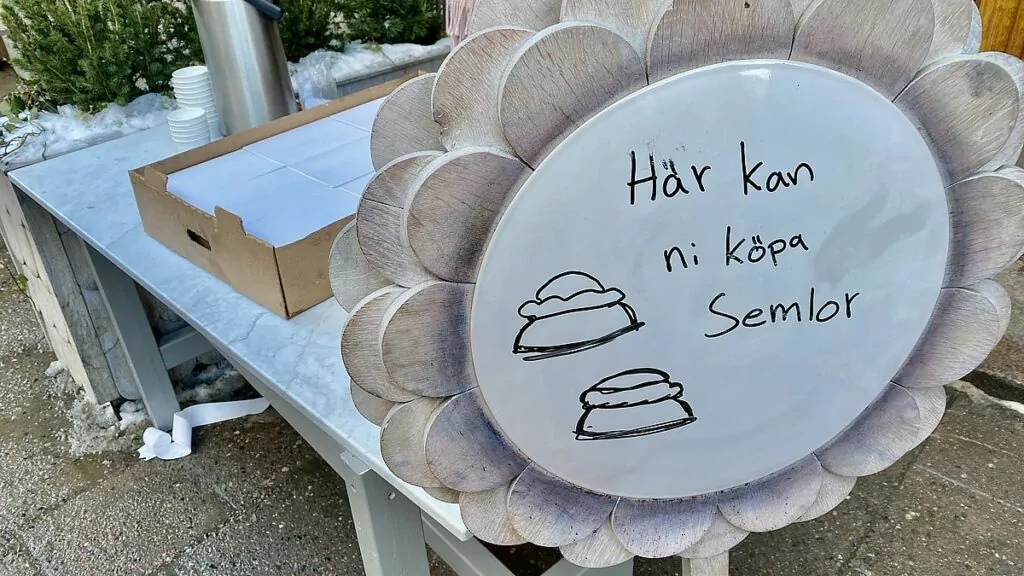

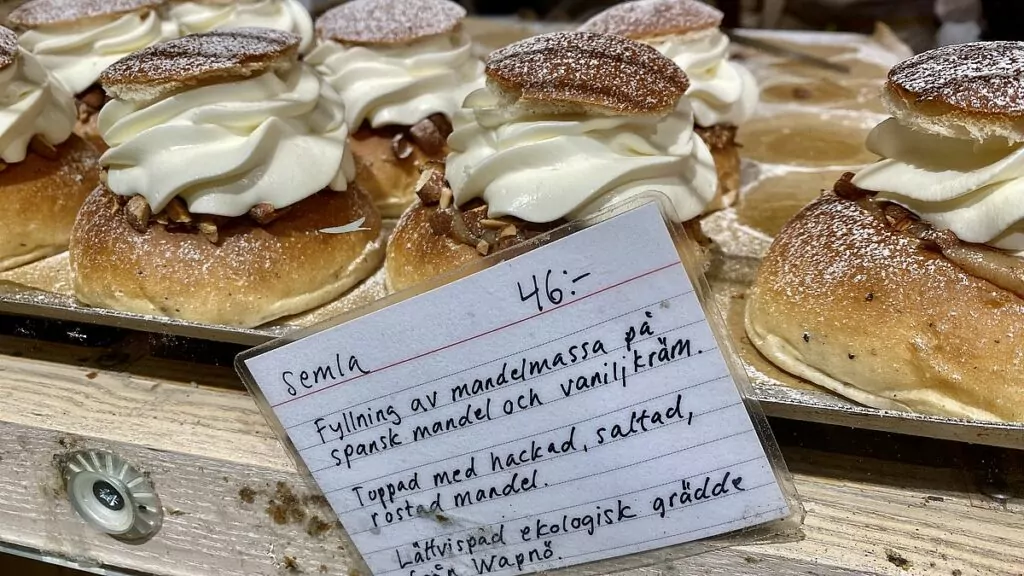
Bread & Salt
Bröd & Salt is a bakery that has been around since 2011, and has gained a good reputation. There are several shops around Stockholm and we visited the one at St Eriksplan.
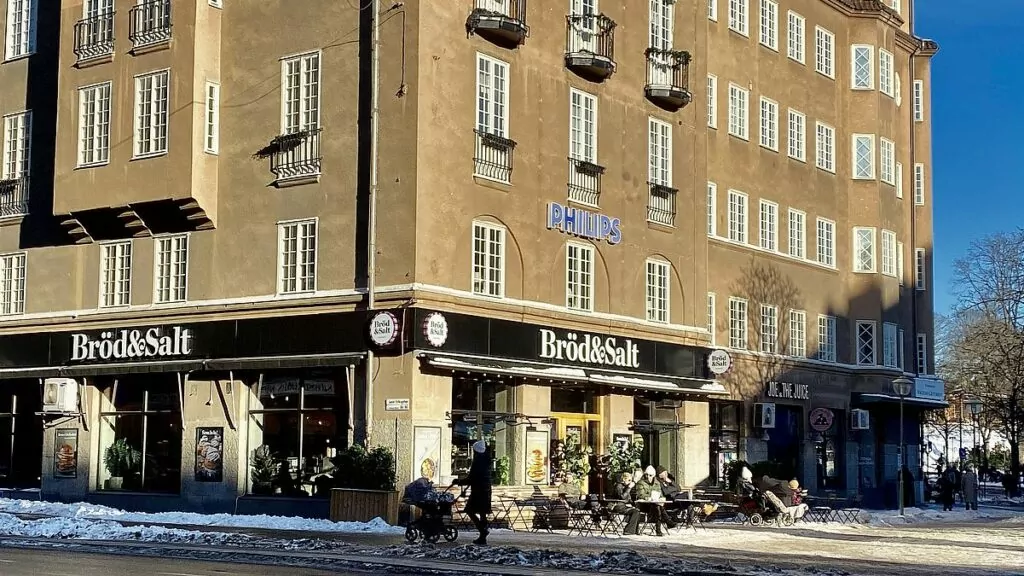
Thelins
Thelins is a classic patisserie founded at the turn of the last century. There are a total of 18 shops in Stockholm and I (Helena) sometimes visited the café at Fridhemsplan when I lived at St Eriksplan in my youth. Always a luxurious feeling to go here!
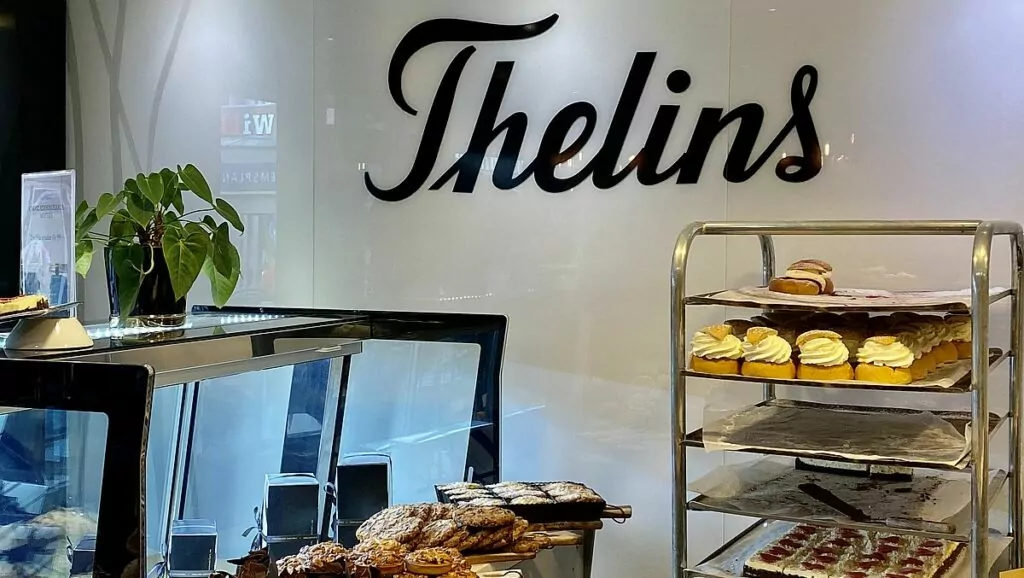
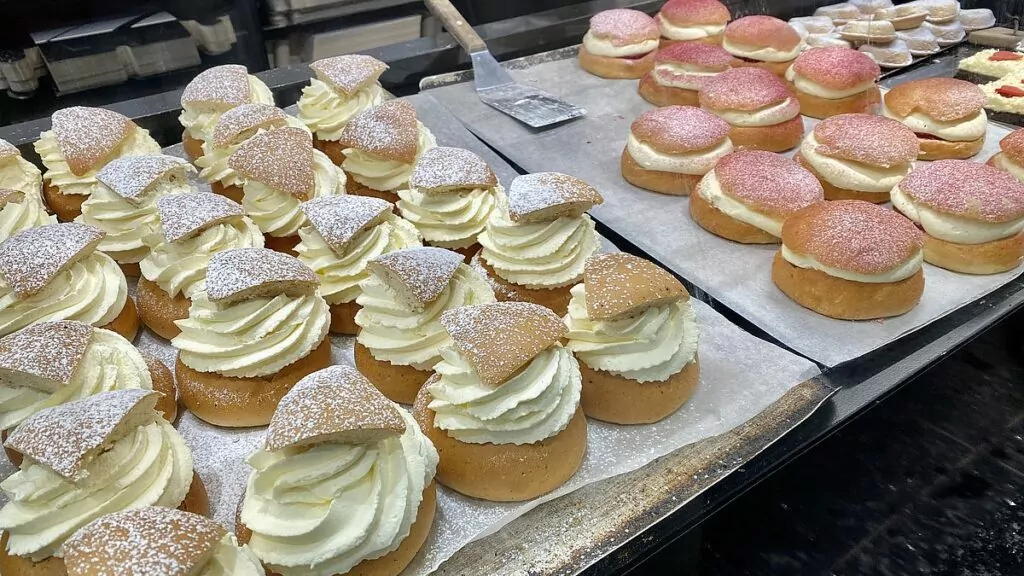
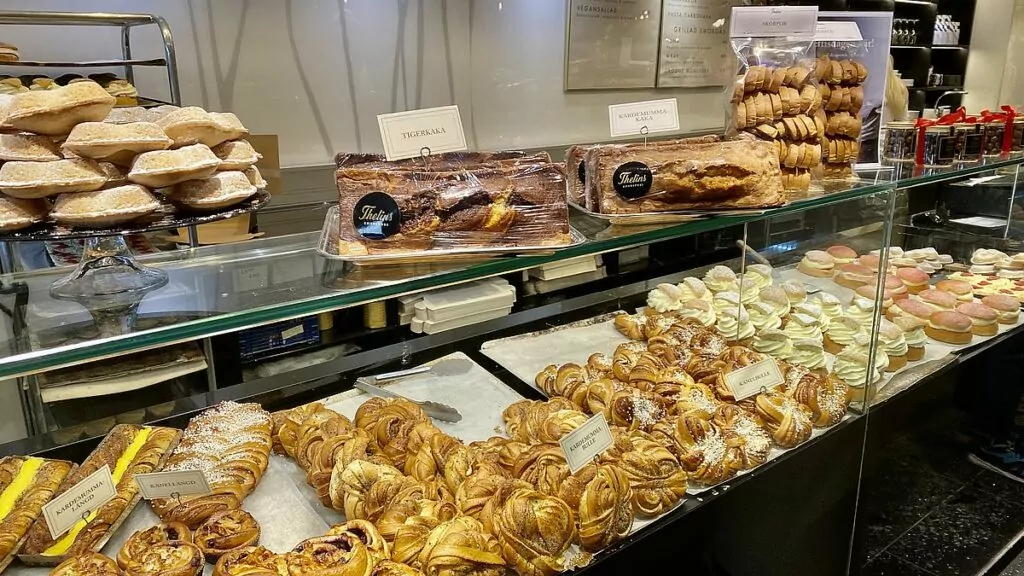
Wheat cats
Vete-Katten was founded in 1928 and the café on Kungsgatan is perhaps one of Stockholm's most classic. Read our report about when we visited Vete-Katten a few years ago. This time we shopped at the Vete-Katten stall at the New Karolinska Hospital.
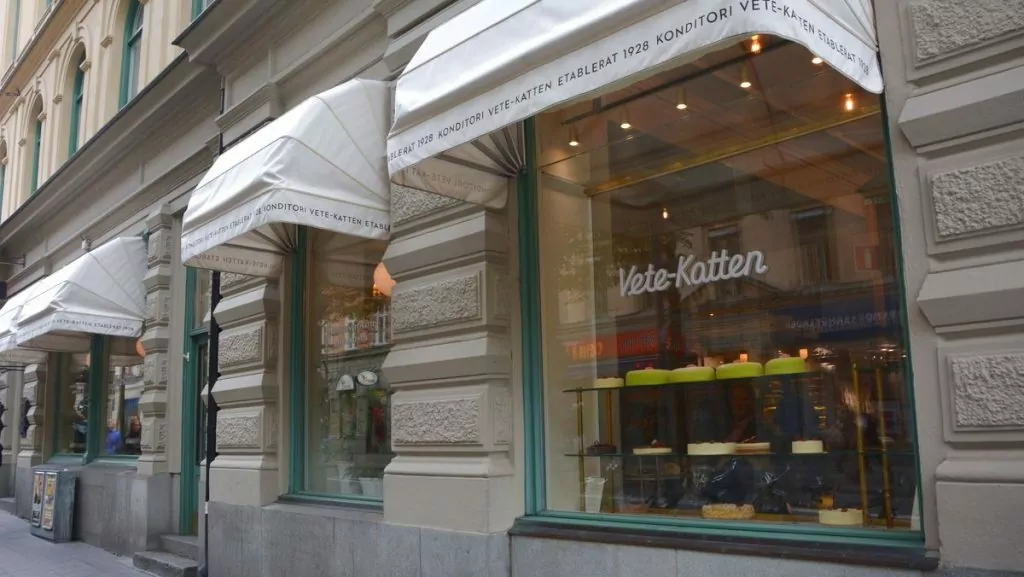
Return
Ritorno is a classic café with a history dating back to 1959. Today, in addition to the café, there are also two shops. When I was a student, I often hung out at the café with my classmates, so it brought back some memories!
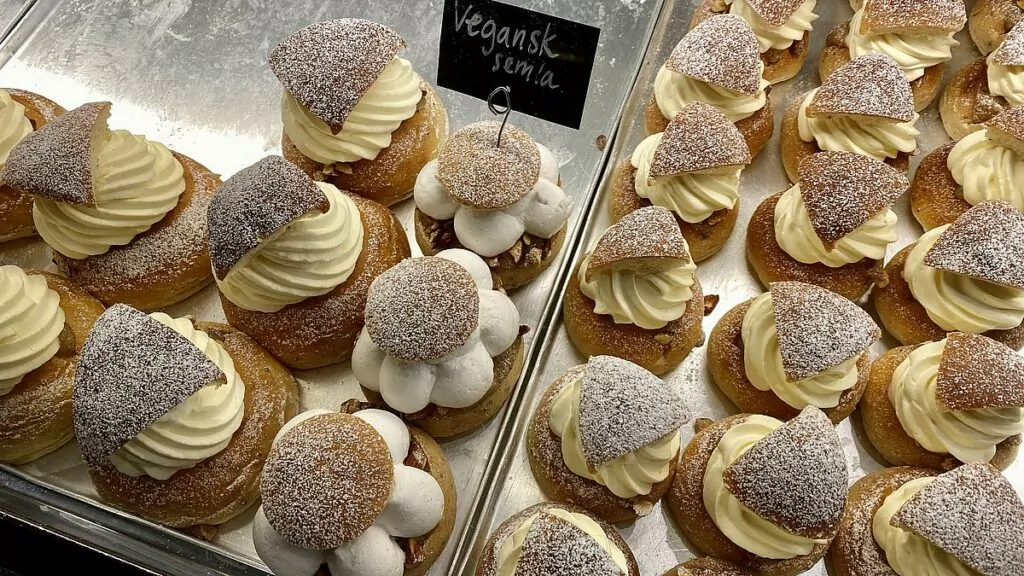
Best semlor in Stockholm - here are the winners!
Finally, it was time to try the buns. How exciting! We went all in on the task. We started by looking at the appearance of the boxes and the buns. Then we tested the cream, the bread, the almond paste and ... the whole thing!

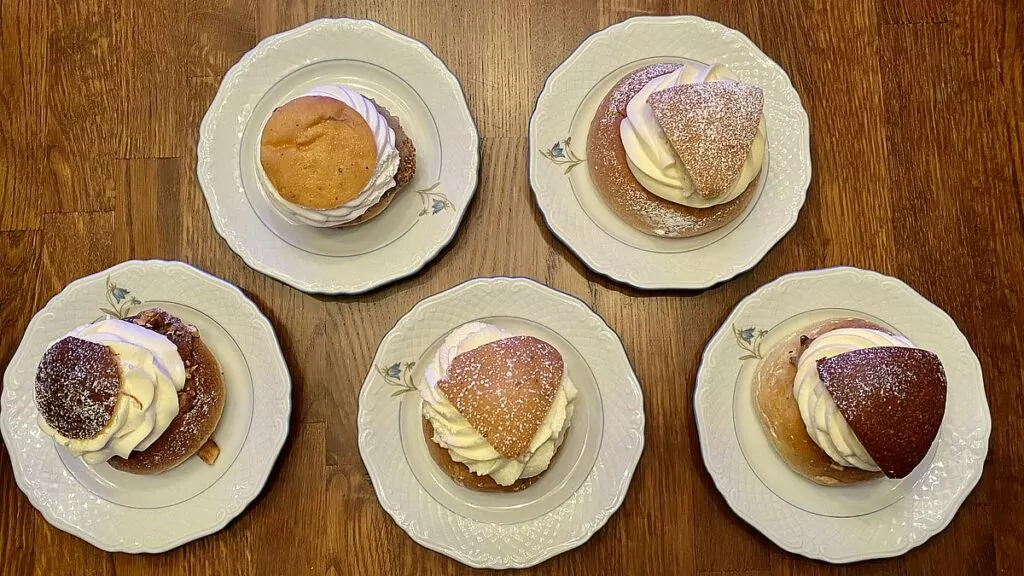
Finest box: Wheat Cat
Does the box in which the cake is delivered matter? Yes, we think it's important if you're going to take the bread with you. Every time we received a nice box, it felt a little extra luxurious. The winner was Vete-Katten who delivered in a super nice little box with exclusive cords.
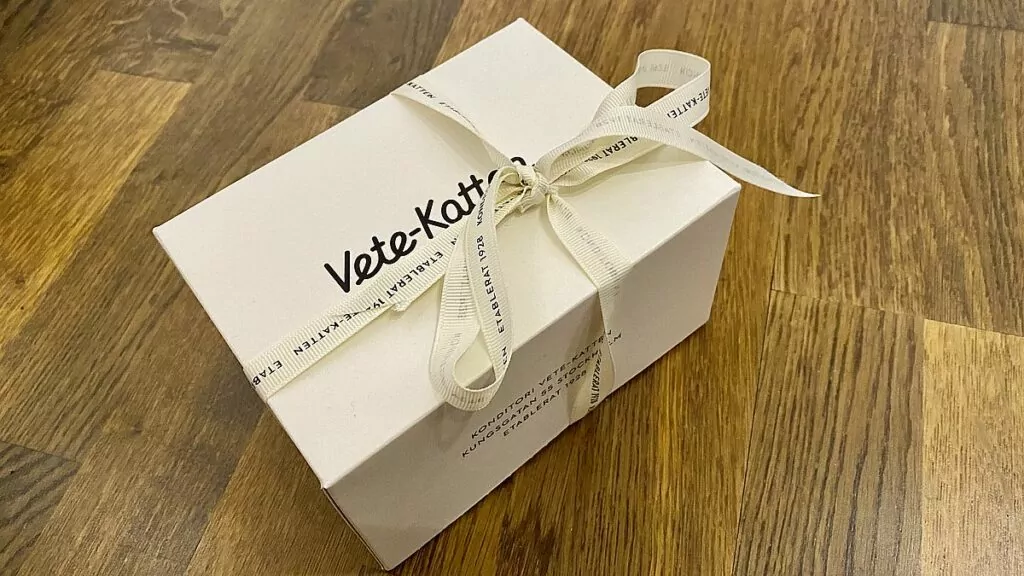
The best-looking semla: Wheat Cat
What about the best-looking semla? Again, our first prize went to Vete-katten. The semla had a nice and even shape, the cream was nicely spread and we also liked the nice powdered triangular lid.
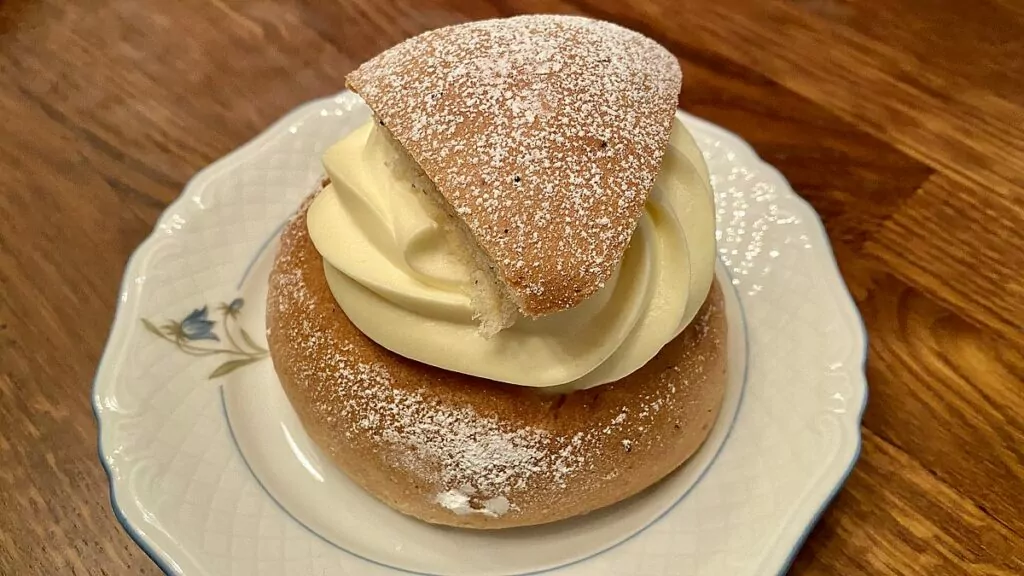
Best Cream: Bread & Salt
When it came to tasting the cream, we both agreed. The cream at Bröd & Salt was incomparably tastier. Yum!
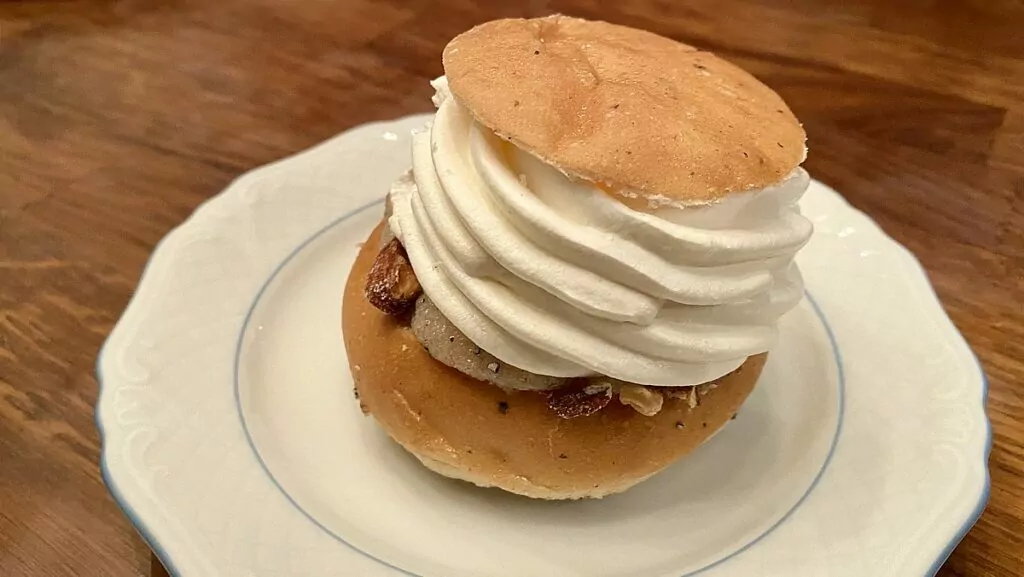
Best bread: Lillebror
When it was time to try the bread, we were also in complete agreement. The bread on the semla from Lillebror was soft, moist and had by far the best flavour.
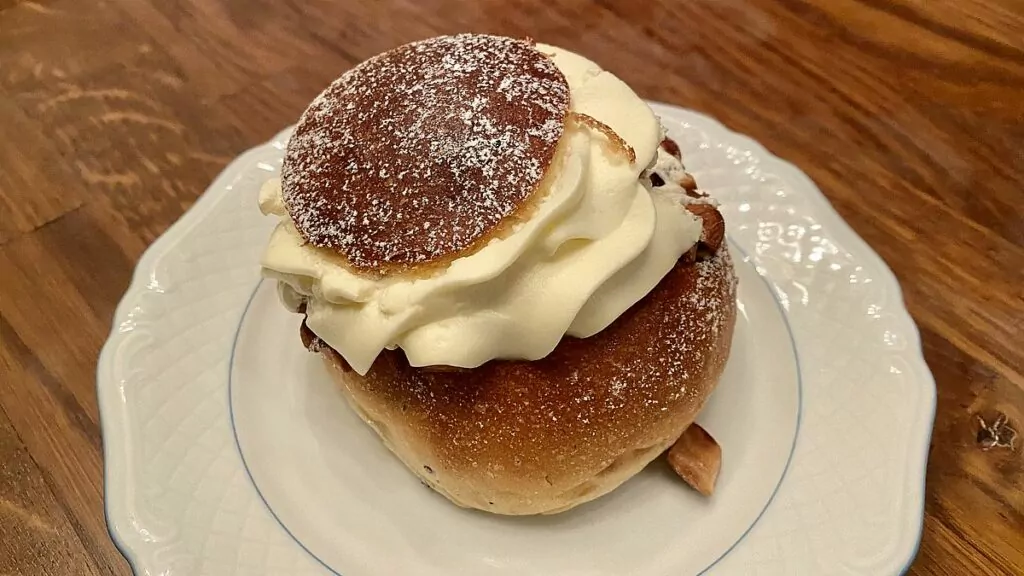
Best almond paste: Ritorno
The almond paste challenge was won by the semla from Ritorno. Really tasty and flavourful almond paste with coarse almond chop.
Most delicious semla: Ritorno
The winner in our semmel test was ... drumroll ... the semmel from Ritorno. Wow, how good! Don't miss out!
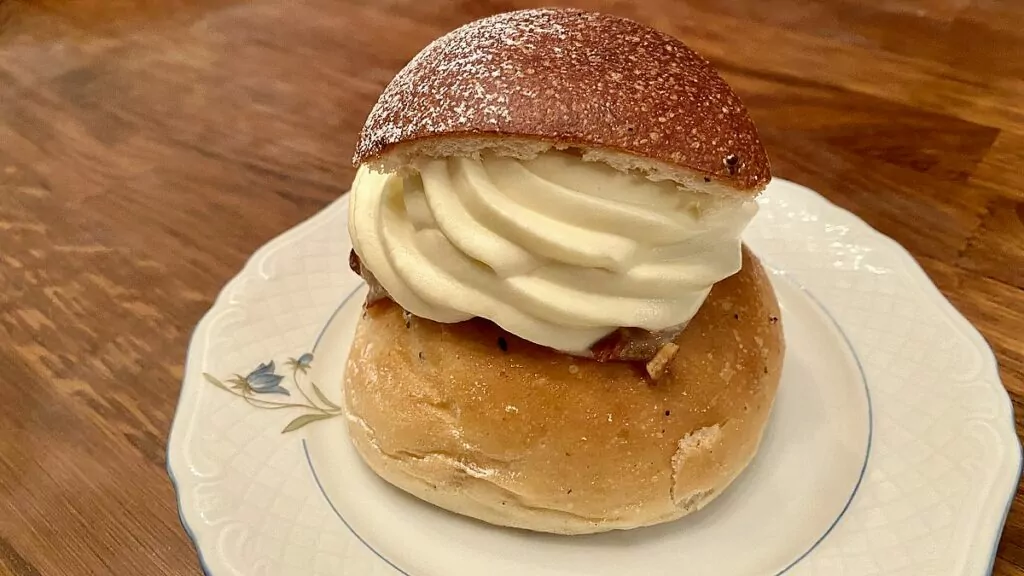
More tips or facts about buns?
Did you know these facts about buns? Or can you tell us even more? Do you like the pastry, and if so, which version is your favourite?
Factual sources: Nordic Museum, Wikipedia, Thatsup and recipe sites. Image sources: FREEDOMtravel, Unsplash and Pixabay.

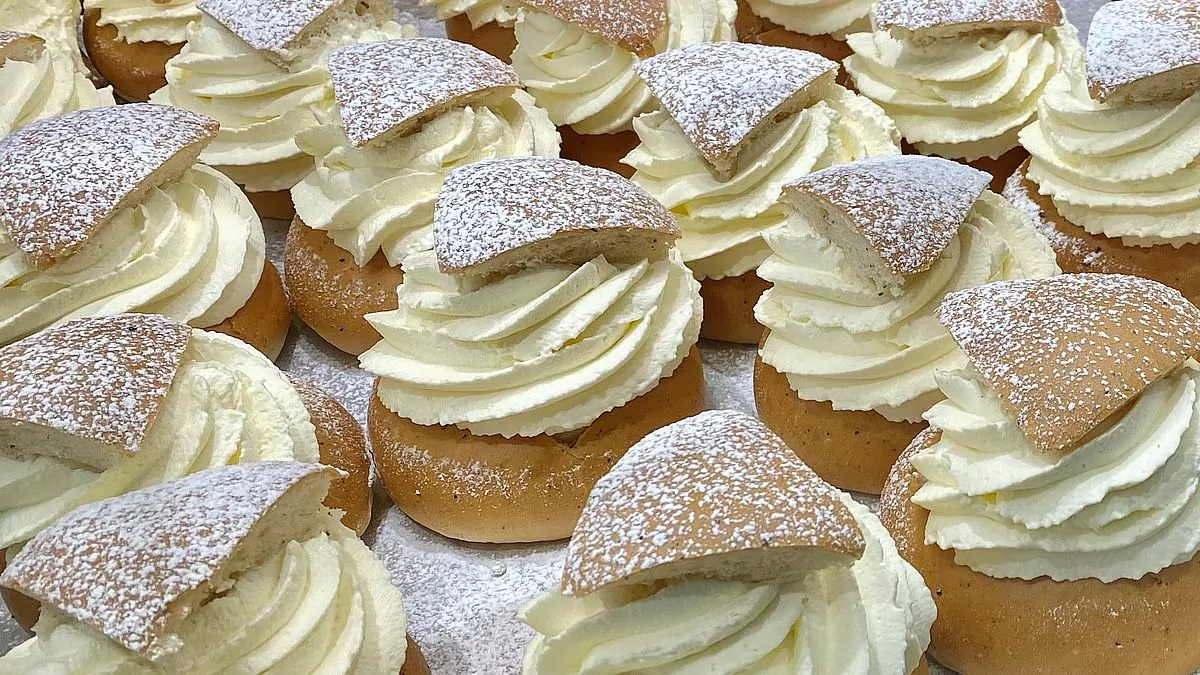










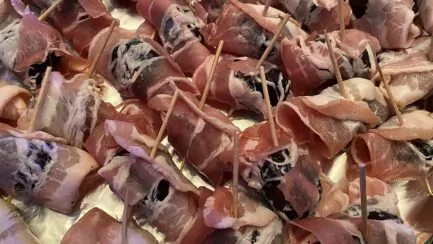
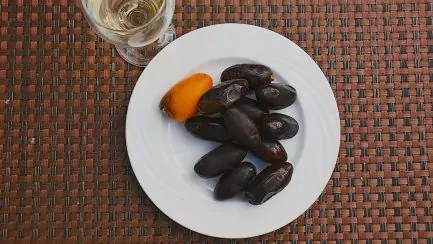

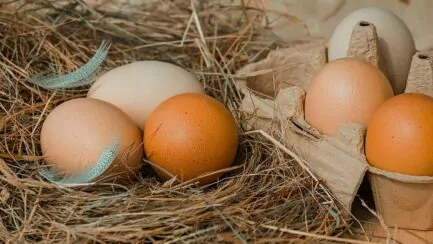
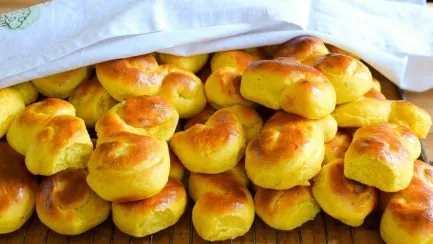



bmlarsreseblogg says:
That's what we call a scientific test! Buying a semla for me is like throwing pearls to the pigs because I think almond paste is really sweet and slimy and only want a little, little cream. That's why I bake ordinary smooth buns with cardamom in them, make a filling from the crumb of the bun, almonds and a little milk (when I've made my filling, I mix in some almond paste for Lars). Then everyone can add cream to their liking and taste. We will enjoy them with coffee in the morning.
Lots of fun facts about the bun!
16 February 2021 - 8:57
Bara brittiskt says:
I love semlor. Here in Skåne (Malmö at least) it is unfortunately difficult to find some where the cream is mixed with the wheat, which I like. Have tried gin & tonic this year but original is always the best.
16 February 2021 - 18:46
Helena says:
Aha ok, is that so? Do you still say fastlagsbulle or has the word semla spread? When I was a kid (in Lund) they always said fastlagsbulle 😉.
16 February 2021 - 20:09
Helena says:
BM, haha, right? It was a very fun test! I actually like almond paste, but want just the right amount of cream. And after a while, you get very full ...
16 February 2021 - 20:08
Helena+från+Finland says:
As I said, here in Finland we eat fastlagsbullar or fattisdagsbullar today 😋. Semlor has a salty filling (i.e. your rolls) 😀. It is delicious anyway🙂
16 February 2021 - 10:50
Helena says:
Yes, but isn't it? I come from Skåne, and when I was little, it was also called fastlagsbulle 🙂 And the semla/fralla thing, as I said, I had to learn 😉.
16 February 2021 - 20:10
Lena+i+Wales+och+Spanien says:
Fun post about my favourite, the semla. I'm absolutely crazy about them.
Here in the UK we can't buy ready-made, as they don't exist here, so it's home-made, not bad either, but oh how I wish I could try some different ones.
I think I like the traditional ones the most, but I have also tried pastry bread and it was good.
Take care and enjoy lots of semlor!
16 February 2021 - 11:56
Helena says:
How nice that you like buns! Wienerbrödssemla sounds interesting! 🙂
16 February 2021 - 20:11
Nils-Åke+Hansson says:
In Höganäs you can buy Räksemlor, but for spring it will be a traditional semla and coffee.
My daughter worked in a confectionery and they got a lot of semlor so I brought it to work the next day and it made suges.
16 February 2021 - 13:23
Helena says:
Räksemla!? Interesting! 🙂 But of course, sometimes a traditional one is fine!
16 February 2021 - 20:12
JoY says:
What a fun and tasty test you have done, well done. Nice spraying on Ritorno's vegan semla, like a white flower, looks very white when the semla next to it has real cream. Oh see Thelin's nice vanilla hearts up on the counter, it is also very good.
Have a good fattie day.
16 February 2021 - 13:26
Helena says:
It's true, the vegan one was nice! And agree, vanilla hearts are good! I used to eat those at my grandmother's house when I was little 🙂 .
16 February 2021 - 20:13
Matts Torebring says:
What a solid report on "Semlorna", fantastic! I remember it as yesterday, when mum served the then 15-year-old Matts, a homemade semla in a deep plate with warm milk with a little cinnamon in it. It was so good after a cold working day in the forest. Our best buns, price at Ågårdens Hembageri 30:-.
16 February 2021 - 18:51
Helena says:
Yes, we worked a lot on this 🙂 What nice semmel memories you have!!! And guessing that there is a little price difference between Stockholm and other locations perhaps.
16 February 2021 - 20:14
BP says:
Hahaha! What a test! Did you all eat semlor the same evening? Herreguuu, and then you just wrote that King Adolf Fredrik died from eating too many semlor - hahaha:-)
I especially liked the rich semlor with lion's roe. I've seen different variants and versions, but we've stuck (so far) to two mini semlor from Gateau and Balders. Both were far too sweet.
A lovely post about semlor:-)
16 February 2021 - 19:02
Helena says:
So, we ate all the semlores the same evening, but we did not manage to finish 😉 And haha, yes a bit ironic considering that we wrote about the king. Best to take it easy with the semmel eating! 😉 Minisemlor sounds nice! But you would like them with onion rum I think!
16 February 2021 - 20:16
Kalle says:
Here's a question. Just before Christmas last year, I went to a kiosk near one of Stockholm's subway stations. They were selling boiled or grilled sausages in lussekatt(!!!).
So my question is: can't the next step in the development of semolina be to sell hamburgers in semolina? Admittedly, you would have to give up the cream, but on the other hand there are so many other things, such as prawn salad, mayonnaise pickles, Boston cucumbers, etc.
Maybe it will be one of the aforementioned toppings in the "pit" where the almond paste is usually located and the other toppings (lettuce, tomato, onion) on top of the burger - and then the traditional "semmel lid" on top of all that?
03 April 2023 - 23:57